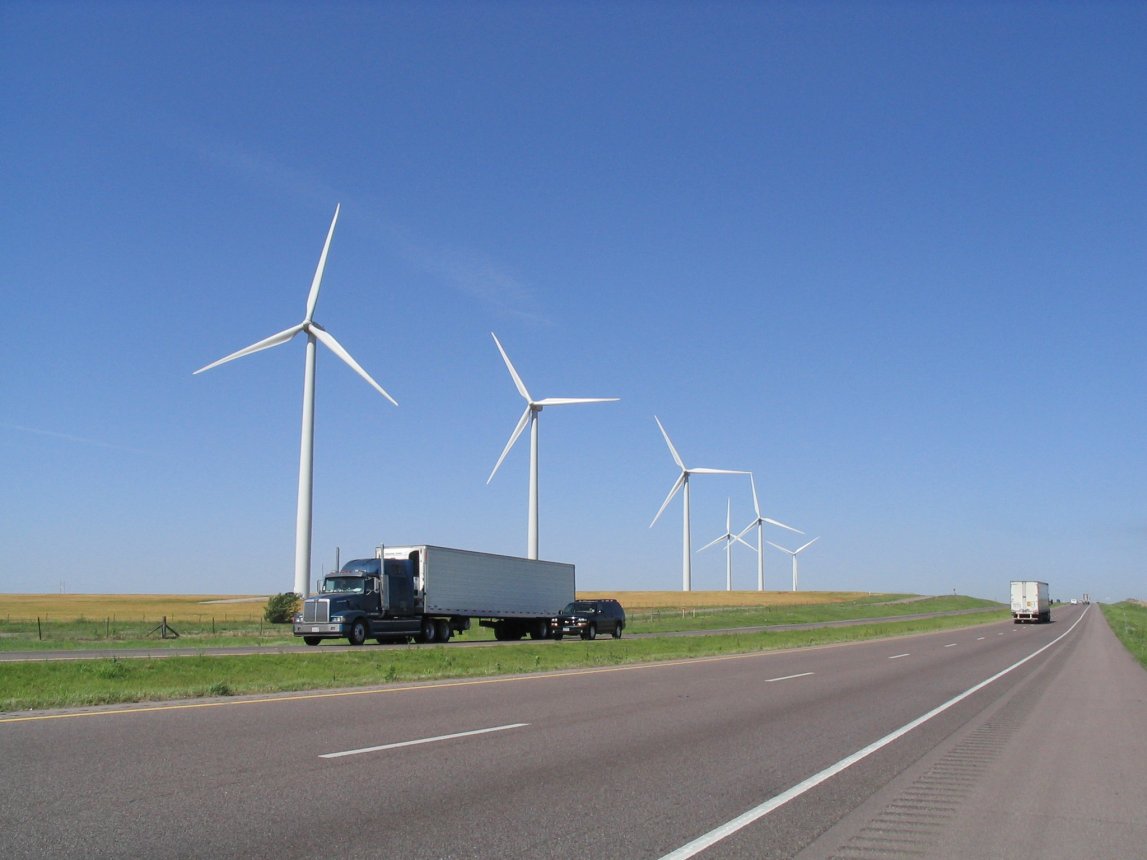
Three wonderful days – first, the bed and breakfast – Judy Salanthiel creates a wonderful refuge from the world in her Adobe and Stars. Among the pictures below, I include one of Joe and I with the other guests, Debbie and Steve Lonergan, and Annete and Henry Hobl.


Yesterday, we drove back to Albuquerque where we are ensconced for three whole days.
I can’t believe we left our dried up backyard creek bed behind in Rehoboth Beach for the desert and have experienced rain every other day since arriving.
We drove to
Acoma Pueblo this morning despite the rain. The ancient pueblo itself is located in a deep valley atop a 372-foot butte and surrounded by startling rock formations.


The residents of the pueblo and surronding reservation believe that the valley was chosen for them, that they recognized it upon arriving over a thousand years ago after a long trek from their former residence in Mesa Verde. The rain cut our tour of “Sky City” short, but we did see the
San Esteban del Rey Mission and Convento built by the Indians under impossible working conditions for the Spanish. It’s walls and floors contain the bodies of their ancestors who worked on the structure, but I felt only the profoundest peace and contentment upon entering the massive adobe structure. Our guide - his English name was Gary – approached the alter, and offered quietly spoken words in his own tongue to the alter/kiva at the front of the massive space. He then turned to us and gave us a brief history of the building beginning with its construction in 1628 to 1640 under the instruction of Friar Juan Ramirez, and ending with the fact that it is the oldest functioning church in the oldest functioning pueblo in the United States. He told us to touch the adobe floor and pick up the dust, to pray, and touch our hearts, ask to be healed, and that the love and good wishes of all of the people of the pueblo would go with us.
After descending from the pueblo in a torrential downpour (considered the most beautiful of days to the local residents), Joe and I went to the
Haaku Museum at Acoma in the Sky City Cultural Center and saw an exhibit of
hand built pottery, a tradition that goes back many generations in the pueblo to its very beginnings. The skill of the potters is impossible to convey unless one can look at the marvelously executed pots. Some are stone polished white, ethereal forms, others covered with delicate designs based on water, lightning, bird, and other natural motifs, with repeated line and shape, on a white or red field. I wanted to buy one of the signed pieces but upon asking the price of several of the smallest pieces decided that I can't afford to do so. For now, I’ll have to be content with looking at photographs of the beautiful forms and designs.
Tomorrow we will take the longest tramway in the world, 2.7 miles to the top of 10,378 foot high Sandia Peak for a spectacular view of, I’m told, 11,000 square miles of the Rio Grand River Valley from the observation deck in the Cibola National Forest.








































 *
*
